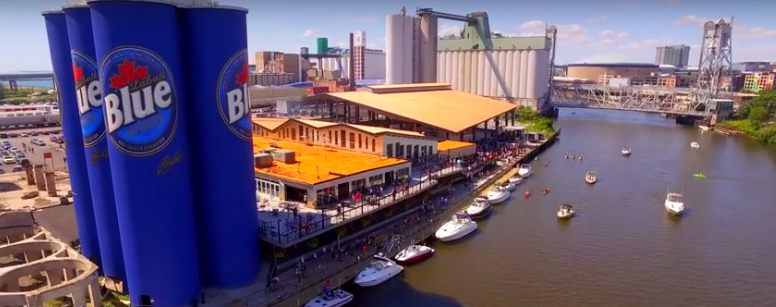In the summer of 2005, the Buffalo River in Buffalo, New York had no kayaks on its surface. The only sign of life on shore was a cluster of boys dipping lines into the water, angling for fish too poisonous to eat, because the river bottom was polluted with undigested toxins from the industry that had used the river as a gutter for decades before closing shop. It felt peaceful and eerie at the same time, like a visit to an abandoned city in a dystopian science-fiction movie.
That devitalized waterfront “weighed very heavily in Buffalo’s transformation from industrial to postindustrial,” says Buffalo Mayor Byron Brown. That waterfront space became an emblem for the entire city: it telegraphed a message that Buffalo no longer wanted to send.
Today, Buffalo has reinvented its waterfront in grand style. In the process, the long-depressed city has become a model that other legacy cities are looking to as they strive to reconnect with their rivers and lakes.
A deal with the local power authority made it possible for the city to develop Canalside, the nautical-themed park at the mouth of the Erie Canal, and tear down an old sports arena to make way for new canals that become public ice skating rinks in the colder months.
A new revitalization authority — the Erie Canal Harbor Development Corporation — was created to spearhead the building. A public investment of $35 million to prepare the sites and improve the infrastructure ended up leveraging over $200 million of private investment in the area.
Brendan Mehaffy, executive director of the city’s Office of Strategic Planning, estimates that waterfront development projects have created “thousands of construction jobs and easily over a thousand permanent jobs.”
Photo of RiverWorks via http://www.visitbuffaloniagara.com

